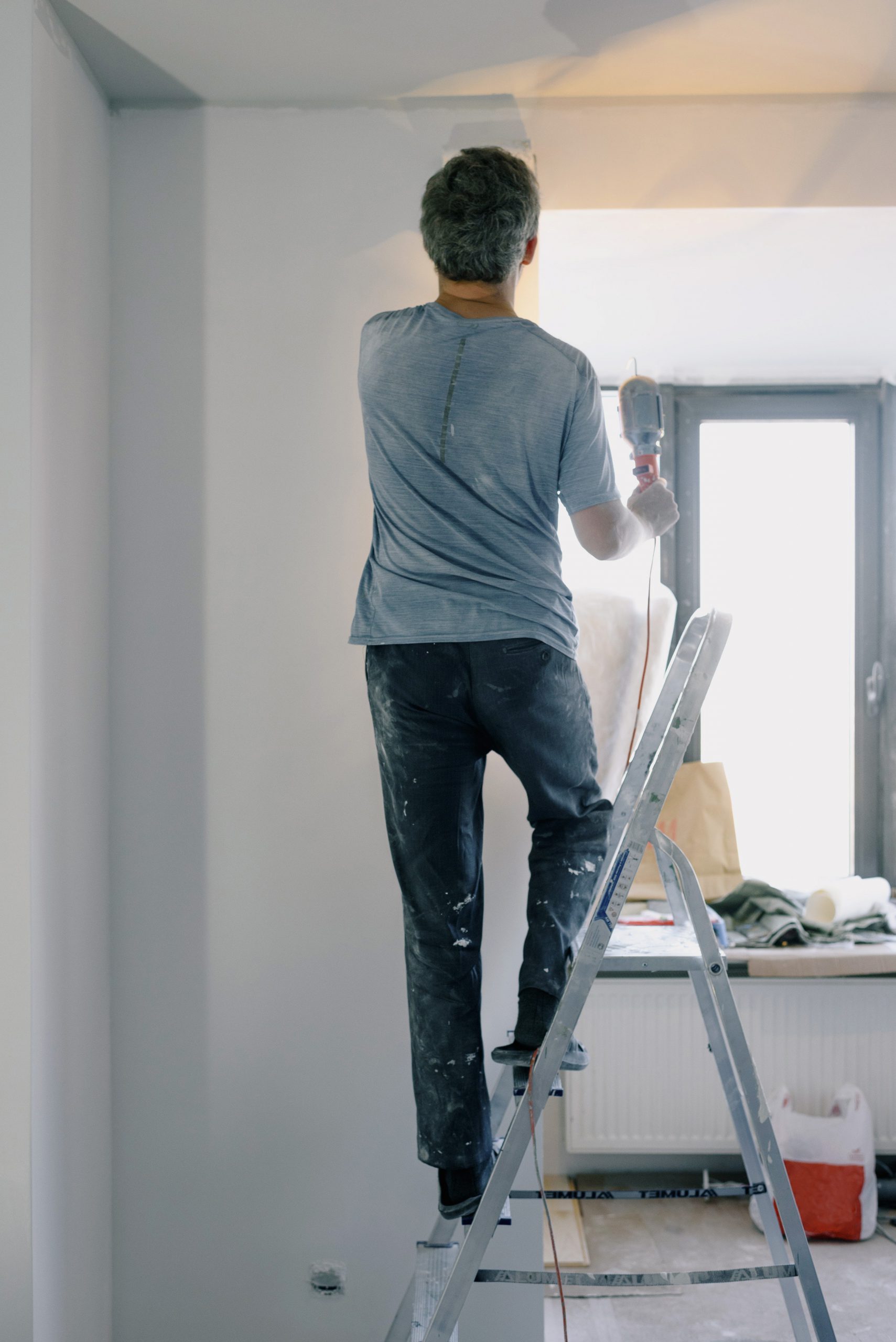
Despite the Work at Height Regulations being introduced in 2005 nearly half of the fatal accidents in the last five years were caused by just two different causes. Falling from height and being hit by a vehicle. This is still one of the risks which employers need to tackle effectively. Employers and those in control of any work at height activity must make sure work is properly planned, supervised and carried out by competent people. This includes using the right type of equipment for working at height. Low-risk, relatively straightforward tasks will require less effort when it comes to planning. Employers and those in control must first assess the risks and then take steps to eliminate work at height, prevent the risk of falling and the reducing the risks associated with falls.
Almost 30% of fatalities reported in the UK are due to falls from height and nearly 50% of these involve workers employed in construction and closely related activities. Therefore, the planning of work at height, the choice of temporary access equipment and the effective management of the work is vital to reduce the risk, as this topic describes.
The risks from work at height must be assessed and properly controlled. Careful planning is required to ensure maximum protection is afforded to those working on and around the elevated position.
The factors to consider when working with scaffolds and towers are typically that:
• There is a safe route or method to and from the work area
• Any equipment will be suitable for the job and the conditions on site
• All equipment is in good condition
• The scaffolds are erected by trained and competent people
• Any work platforms and any edges from which people are likely to fall have guardrails and toe boards
• Those who use the equipment are supervised so that they use it properly and are competent and trained
• Any defects found are corrected immediately
• Procedures are in place for any emergency situations.
Selection of a Means of Access
The selection of access equipment must be defined by performing a risk assessment to ensure that the safest and most suitable equipment is employed.
Typical factors to consider as follows:
• Working platforms must be fitted with collective preventive protection methods such as guardrails and toeboards.
• When it is not reasonably practicable to provide a work platform, consider whether other means of access (e.g. boatswain’s chairs or rope access techniques) should be used.
• Only when no other method is reasonably practicable or when work platforms cannot comply with all requirements for safe work (e.g. a guard rail has to be removed to land materials or roof sheeting is being laid), should mitigation controls such as a means of arresting falls be relied on, e.g. a safety harness, lines or nets.
Back to blogs



